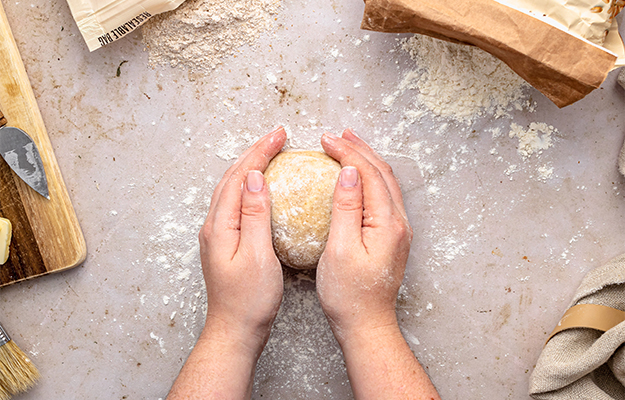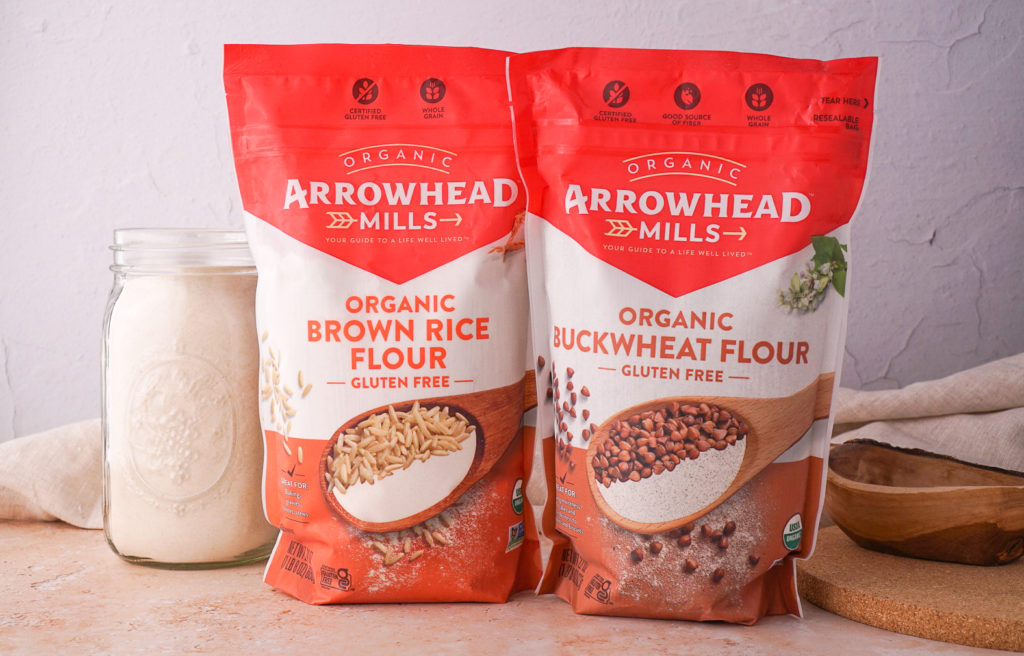What is a Whole Grain?
When it comes to bread, pasta, crackers, and really anything made with flour, whole grain becomes an important term to understand. You may have even seen this phrase on the front of food packages and wondered how it is different from what you usually buy. Here is the low down on whole grain, and why you should be choosing it more often than not.
Whole grains are more common than you think
You are likely already eating a couple servings of whole grains every day! This category includes common foods like corn, oats, wheat, quinoa, and rice, amongst others. Whole grains are the seed of a plant. They are made up of three edible components: a bran, germ, and endosperm. The edible part is surrounded by an inedible husk that protects the seed. Before whole grains can be turned into edible products, the husk is removed while the edible components are kept intact. This is what makes these foods whole grains.

When these whole grains are refined, like you might see in white flour, the bran and germ are removed. The husk is also removed, leaving only the endosperm. Without the presence of the bran and germ, protein, fiber, vitamins and minerals are lost from the seed. This makes it a much less nutrient-dense product than the minimally processed whole grain.

Whole grains contain more natural nutrients than refined grains
While whole grains also undergo some processing to remove the husk, minimal refining occurs, keeping more valuable nutrients intact. This is why whole grains are encouraged as part of a healthy, well-rounded diet. They should be consumed in higher amounts than refined grain products. Even though refined products often have some nutrients added back after being processed, it is not always in the same amounts as what was lost. The body may not be able to absorb these nutrients as well as those naturally occurring in the food.
Next time you are shopping for flour, cereal, bread, and other grain-based items, choose those made with whole grains. You can easily identify this by looking for products with the Whole Grain Stamp and browse ingredient lists looking for “whole”. For example, whole wheat, whole grain, and whole wheat oats are some ways you may see them listed.
Now that you know why whole grains are so important, why not browse Arrowhead Mills organic whole grain products?
 VIEW ALL PRODUCTS
VIEW ALL PRODUCTS 
